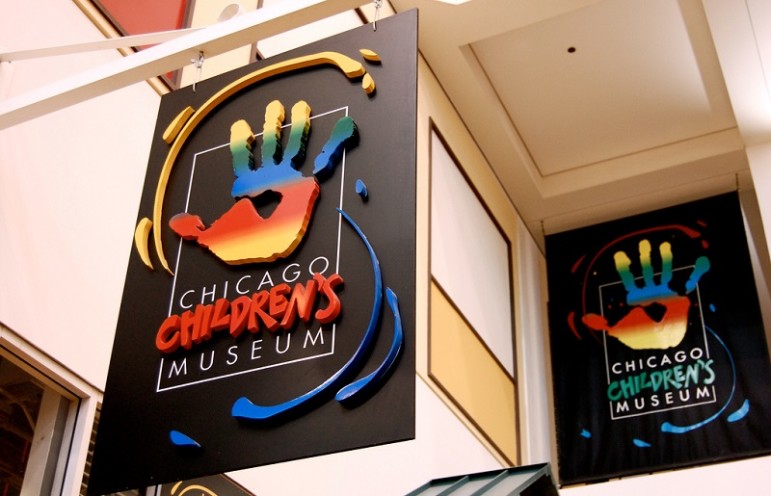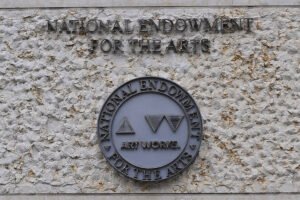
January 3, 2016; Chicago Tribune
Last Thursday, the Chicago Children’s Museum threw a “Noon Year’s Eve” party for a crowd that might not have made it until midnight—and their parents. Among the revelers were four-year-old Amani Joi Roberts and her mother, Ashaki Roberts, who were able to participate thanks to the museum’s recent enrollment in Museums for All. This national initiative of the Association of Children’s Museums and the Institute of Museum and Library Services, provides deeply discounted access to museums and other cultural institutions for low-income families, typically by showing an electronic benefits transfer (EBT) card. Importantly, participating institutions agree to offer these discounts any time they are open—not just on particular days/dates when free or discounted admissions might already be available. As described on the website:
Museums for All is a way to broaden a museum’s visitor base, and reach out to underserved communities. A museum visit can inspire the development of new skills and interests, ignite creativity and enrich social connections. Museums for All will help expand access to museums and also raise public awareness about how museums in the U.S. are reaching their entire communities. By removing the financial barrier, Museums for All also removes the social and academic barrier children face when they are not exposed to high quality museum experiences.
Sign up for our free newsletters
Subscribe to NPQ's newsletters to have our top stories delivered directly to your inbox.
By signing up, you agree to our privacy policy and terms of use, and to receive messages from NPQ and our partners.
More than 50 museums and other cultural institutions across the U.S. have already signed on to participate in this initiative. In just its first month, the Chicago Children’s Museum welcomed 52 families under the new program, including 103 adults and 95 children; to receive the discounted admission price, they were required to show an Illinois Link Card and a photo ID. Up to six members of a family can enter on one card, for only $3 each; the standard admission is $14/person.
Discounted admissions to museums aren’t all that unusual, of course—children, students, seniors, members of the military and other special groups are often given reduced rates. But even with lower rates for children, the total cost of admissions for a family group would leave many low-income families out in the cold. Museums for All is just one example of a broader trend to make low-income families feel welcome in cultural institutions:
- In Los Angeles, two county agencies—the Los Angeles County Arts Commission and the Department of Public Social Services—have worked together since 2004 to offer free admissions to cultural institutions for families receiving CalWORKs/Refugee Cash Assistance (RCA) and/or food stamp benefits. Now known as “Free Fun for Families,” the program has 31 participating cultural institutions.
- In Pittsburgh, the ACCESS Card Admissions Program Granted program was started in 2007, allowing Pennsylvania EBT/ACCESS cardholders free or discounted admissions to a number of cultural institutions. This report describes how the program works and summarizes its impact through the first several years. The Children’s Museum of Pittsburgh now participates in Museums for All, and also has its own Great Friend of Families Fund to allow other low-income families to visit.
- In Philadelphia, the arts service organization Art-Reach in 2014 launched ACCESS Admission, a program that provides $2 admissions for Pennsylvania EBT/ACCESS cardholders and their families to cultural institutions. The program began with 18 cultural partners, and has now expanded to 31 partners, including museums, science centers, gardens, historic sites and other attractions. In the first five months of the program, more than 10,400 individuals benefited from the discounted admissions.
NPQ would love to hear about other examples of cultural access programs for low-income families. What’s happening in your city, county or state?—Eileen Cunniffe











